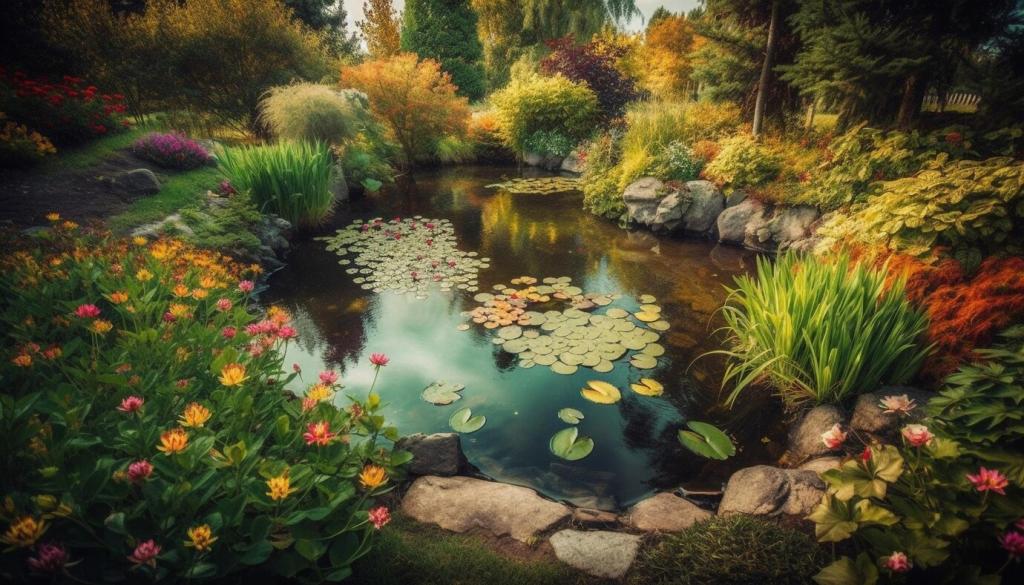Shaping and Softening Unwanted Noise
Dense, mixed hedges and layered plantings diffuse and absorb mid to high frequencies more pleasantly than bare fences. Combine evergreen structure with deciduous fill, and add a low earth berm where possible. Vines on trellises thicken acoustically without overwhelming small spaces.
Shaping and Softening Unwanted Noise
Use a softly textured fountain or rill between the noise source and your seating. Its gentle, broadband shimmer covers up irregular honks and hums. Balance volume carefully: enough to smooth edges, never so loud that it becomes the new distraction.










